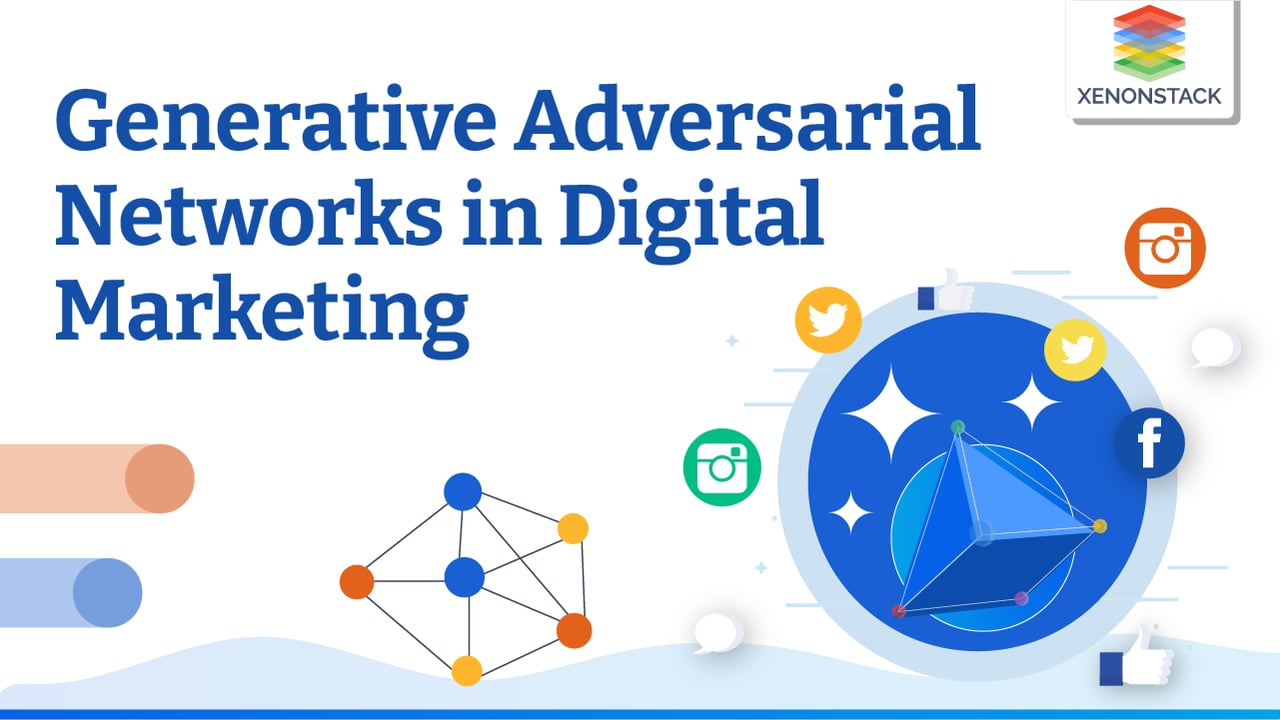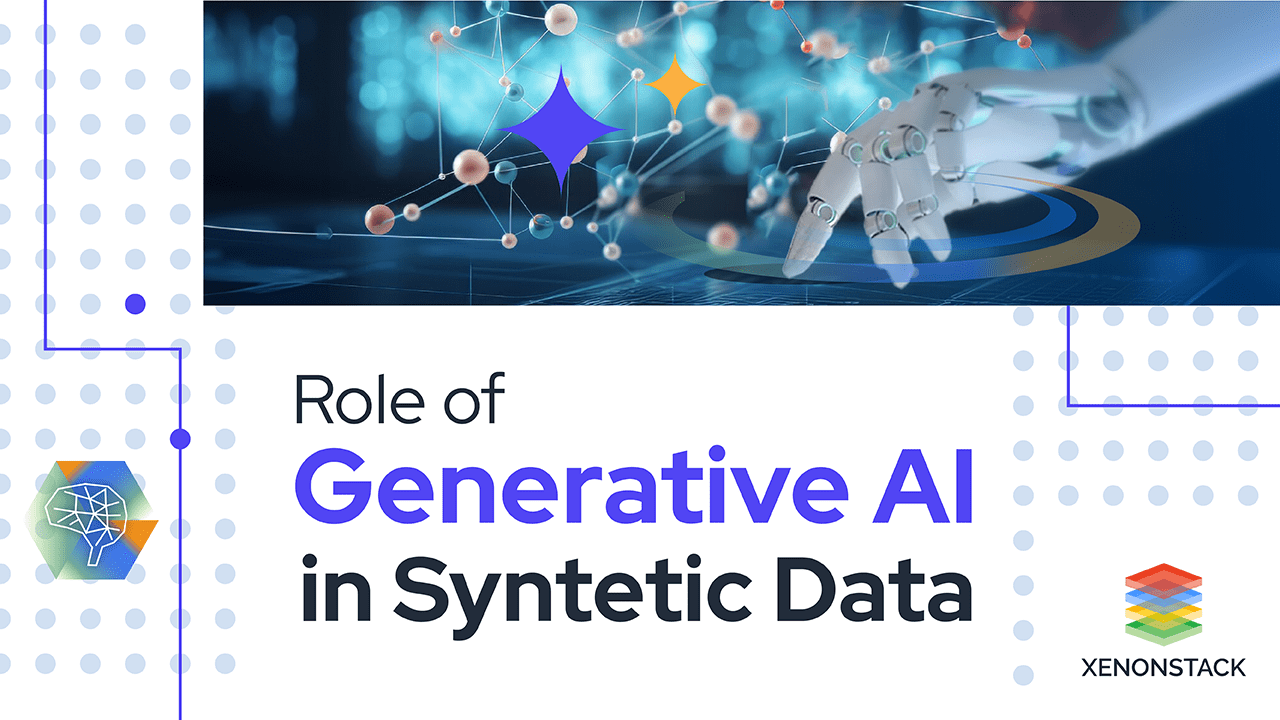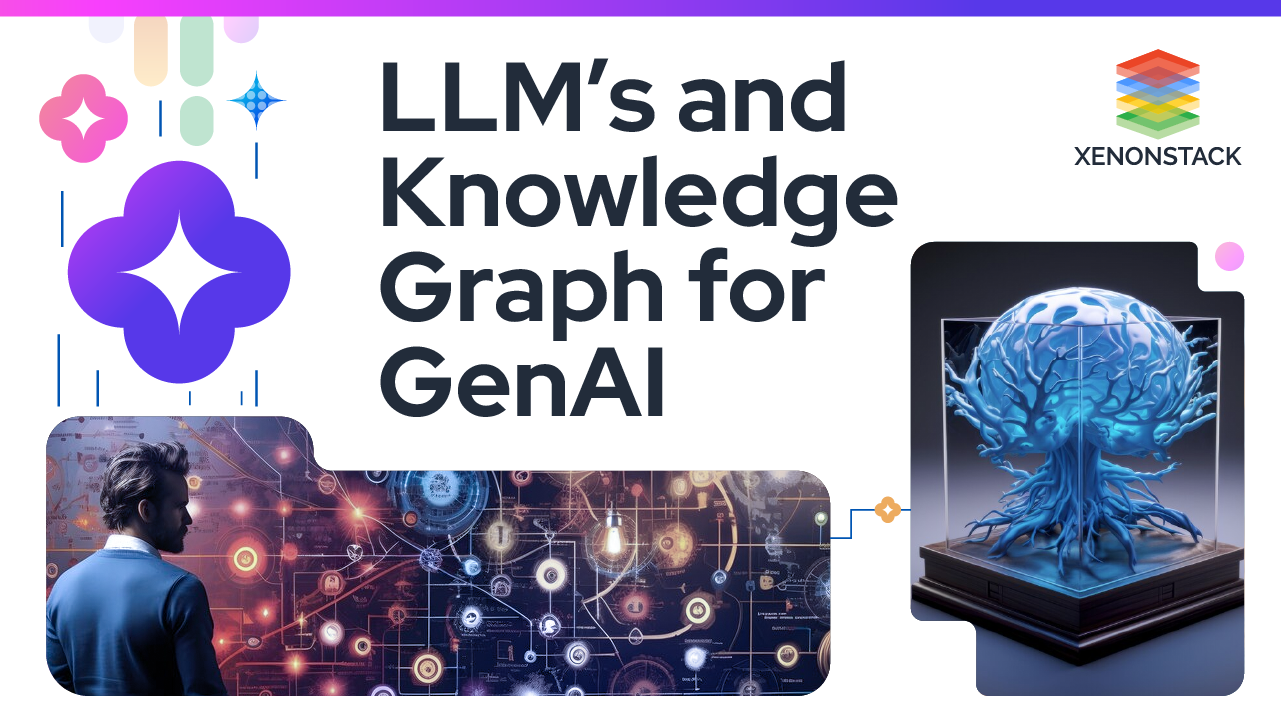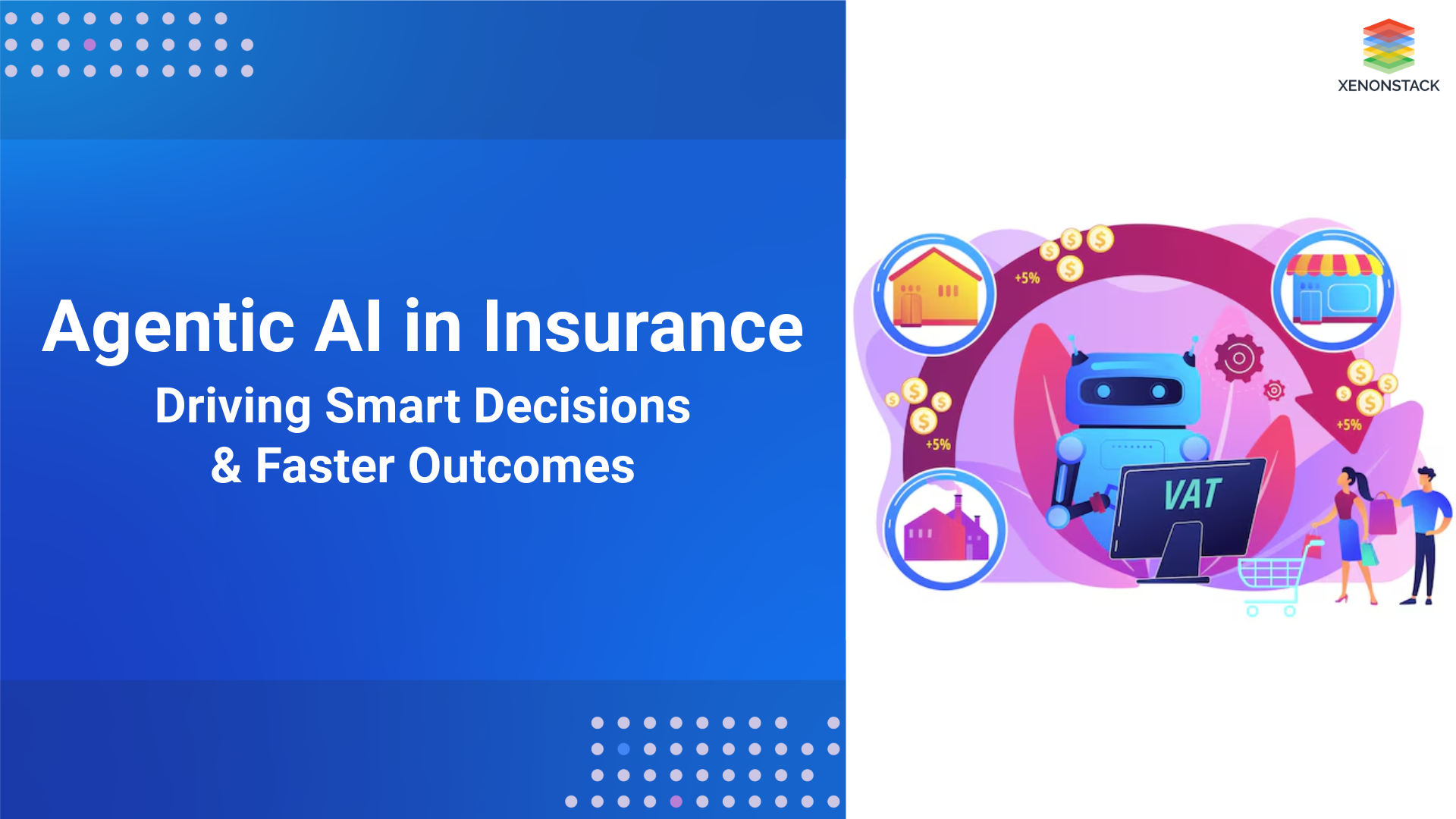
Introduction to Artificial Intelligence
Artificial Intelligence (AI) is a game-changing technology that mimics human intelligence in computers. It allows machines to understand, learn, and make decisions using intelligent algorithms and analyzing large amounts of data. AI is everywhere, from self-driving cars to personalized website recommendations. It helps us do things faster, smarter, and more accurately in various fields. AI constantly evolves and brings new advancements, transforming our lives and how we do things. Get ready for an incredible wave of AI innovations that will shape our future in extraordinary ways.
AI has been extensively applied in diverse domains, such as healthcare, finance, manufacturing, and entertainment. In digital marketing, AI has significantly contributed to personalized recommendations, customer segmentation, and targeted advertising advancements. The ability of AI systems to process complex information, detect patterns, and make informed decisions has made them invaluable tools in the digital marketing landscape.
AI is the reproduction of intelligent human processes, especially machines and computer systems. Taken From Article, Artificial Intelligence Adoption Best Practices
What are the types of AI models?
In the field of AI, several types of models enable computers to learn from data and make predictions. Here are some standard AI models:
- Linear Regression
- Decision Trees
- Random Forests
- K-Nearest Neighbors
- Neural Networks
- Convolutional Neural Networks (CNN)
- Recurrent Neural Networks (RNN)
- Generative Adversarial Networks (GAN)
What is Generative Adversarial Network?
Generative AI is a field of artificial intelligence focused on creating computer systems that can autonomously generate content, such as images, music, or text. By leveraging advanced algorithms and machine learning techniques, generative AI enables computers to produce original and creative outputs with minimal human intervention.
How it works?
A Generative Adversarial Network consists of a generator and a discriminator. The generator generates new data samples, such as images, while the discriminator evaluates whether the samples are real or fake. They play a game where the generator aims to produce realistic samples to fool the discriminator while the discriminator tries to classify real and fake samples correctly. Through iterative training, the generator gradually improves its ability to generate increasingly realistic samples while the discriminator becomes more skilled at distinguishing between real and fake data. This adversarial process drives the network towards producing high-quality, authentic outputs.
Advantages and Disadvantages of Generative Adversarial Network
Generative AI offers several advantages in digital marketing campaigns. It promotes creativity and allows for exploring new ideas, inspiring marketers, and generating fresh content concepts. Moreover, it automates repetitive tasks, freeing up human resources for more strategic activities.
However, there are also disadvantages. Ethical considerations arise regarding generative AI, as it can raise concerns about intellectual property and copyright infringement. Additionally, the need for more control over the generated content is another challenge.
Digital Transformation in Retail Industry brings a revolutionary change in the field of business. Taken From Article, Digital Transformation in Retail Industry
Applications of Generative Adversarial Network
GAN can be applied in various fields, such as image synthesis, data augmentation, video generation, and style transfer, enabling the generation of realistic and diverse content by training two neural networks in competition.
What is Digital Marketing?
Digital marketing is a broad term encompassing various online marketing strategies and tactics businesses use to promote their products or services. It involves leveraging digital channels such as search engines, social media, email, websites, and mobile applications to reach and engage with target audiences.
How Digital Marketing works?
Digital marketing uses the internet and online platforms like social media, search engines, and websites to promote and sell products or services. It involves strategies like improving website visibility on search engines, running ads on social media and creating engaging content to reach and attract customers online.
Advantages and Disadvantages of Digital Marketing
Digital marketing allows businesses to reach a worldwide audience, target specific customer groups, save costs, gather real-time data, personalize messages, and achieve high returns on investment.
It can be challenging to stand out online, requires constant adaptation, can be time-consuming to manage multiple channels, may face privacy and security risks, and requires technical expertise.
Generative AI can be used in marketing to develop chatbots and virtual assistants. Click to explore about our, Generative AI for Content Marketing
Generative Adversarial Networks in Digital Marketing
Generative Adversarial Networks is an innovative technology in digital marketing. GANs can generate visually appealing designs, realistic product images, and persuasive ad copy. They allow marketers to unleash their creativity and engage with customers more authentically. GANs have the potential to revolutionize content creation and enhance brand communication in the digital realm.
Effects of GAN on Digital Marketing Till
GANs in digital marketing have several practical changes and effects:
- Content Generation: GANs create realistic and high-quality content like images, videos, and text. Marketers can use this content to make attractive visuals, product pictures, and personalized ads.
- Personalization and Targeting: GANs analyze user preferences by making up data. Marketers can use this information to create personalized marketing messages, recommendations, and ads tailored to customers.
- Virtual Try-On: GANs let customers see how products would look on them virtually.
- Fraud Detection: GANs can identify and fight against fraud by spotting suspicious activities in real time. Marketers can train GANs on big sets of real and fake behavior patterns to stop fraud in digital marketing.
- Influencer Marketing: GANs can create fake influencers or avatars, giving more opportunities for influencer marketing and brand partnerships.
- Real-Time Analytics: GANs process real-time data to provide insights for marketing campaigns, helping with decision-making based on data.
- Dynamic Pricing: GANs optimize pricing strategies based on market conditions and customer behavior, giving personalized discounts and promotions.
- Cross-Channel Marketing: GANs help create consistent brand experiences across different channels, making the brand recognizable and encouraging customer loyalty.
- Enhanced Customer Engagement: GANs power interactive chatbots or virtual assistants, helping customers and improving interaction.
Future of GANs in Digital Marketing
Generative Adversarial Networks (GANs) are making waves in the digital marketing world. GANs
Elevate user-generated content,
2. Personalize video ads,
3. Create interactive augmented reality experiences,
4. Generate hyper-realistic product renderings, and
5. Analyse customer sentiment from social media data.
These advancements empower marketers to deliver highly engaging and personalized experiences, capturing the attention of their target audience and driving meaningful connections. By embracing the power of GANs, digital marketers can unlock a new era of innovation and success in their campaigns.
Conclusion
In summary, GANs are changing digital marketing by making it more personalized and engaging. They help transform content, create realistic visuals, deliver targeted ads, and understand customers' feelings. This technology allows brands to connect with their audience and succeed digitally. GANs are revolutionizing marketing, allowing brands to create meaningful connections and achieve better results.
- Discover here Complete Guide to Enable AI in Retail Industry
- Explore more about Digital Platform Strategy


